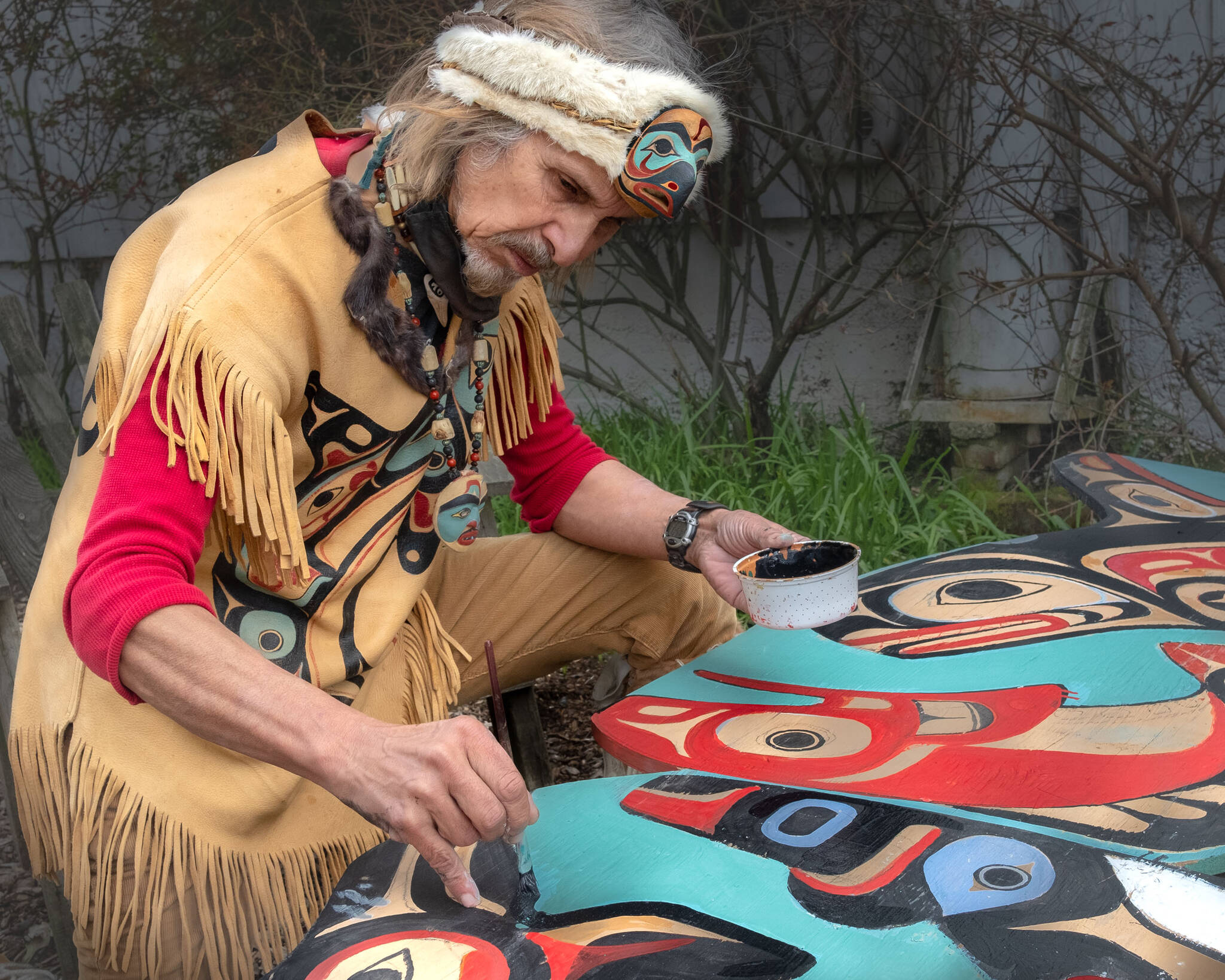Islanders often want to know about Vashon-Maury Island’s past and present Native American population.
Both estimates are difficult to answer with exact numbers, because all we have is census data.
Census data is often inaccurate because in earlier censuses, individual enumerators (census data collectors) had a lot of latitude in how they recorded data. Censuses also routinely undercount many population groups, including Native Americans.
Vashon-Maury Island is the traditional territory of the Puyallup Tribe of Indians and of the sx̌ʷəbabš, or Swift Water People, who inhabited Vashon-Maury Island for millennia. We do have two early censuses of Native People on Vashon, completed by Indian Agents, that counted 315 sx̌ʷəbabš in 1839 and then in 1854 counted 33.
This dramatic drop in population is consistent with estimated rates of death from the three waves of disease that hit the area in 1839, 1848, and 1853. Using these Indian Agent census numbers and the ten waves of disease that swept through the area between 1760 and 1854, the Puyallup Tribe estimates that 10,000 to 15,000 Native People lived on Vashon-Maury Island before contact with European diseases in the 1760s.
This is only a rough estimation of the date European diseases reached the Salish Sea, because we do not know that date for certain.
We do know that when George Vancouver entered what he would name Admiralty Inlet in 1792, Archibald Menzies, the expedition’s naturalist, and surgeon, noted evidence of smallpox scars on Indigenous residents. It would not be until the 2000s that there would once again be more than 10,000 residents on the island.
The U.S. Census data is the only way we know the Native American population on Vashon. Census data, while problematic, still gives us the only reasonable data available to work with. In early census records, the term “Indian” was used to designate Native American residents. In recent U.S. Censuses, the racial category used to identify Native American residents is American Indian and Alaska Native (AI&NA).
The 2000 census introduced responses to the racial identity question that allowed individuals to identify as a single race or up to five combined races. The racial groups used in these censuses included, in alphabetical order: American Indian and Alaska Native (AI&NA), Asian (A), Black or African American (BorAA), Native Hawaiians and Other Pacific Islanders (NH&OPI), Some Other Race (SOR), and White (W).
In table 2, you can see the changes between 2000 and 2020 in the American Indian and Alaska Native population on the island. Perhaps the most significant change is in those individuals identifying as AI&NA only. This drop in AI&NA-only islanders is puzzling, and we need more information to understand its significance. The other interesting change is the growth of individuals identifying as multiple races, which echoes a larger national trend of individuals identifying as multi-racial, because individual respondents are more comfortable in expressing their multiracial identity.
This willingness by respondents to choose multi-racial categories allows us to see more clearly the depth and complexity of the AI&NA population on the island. This complexity is more reflective of the true multiracial nature of American society and of the island, and gives us a better sense of how really complex the concept of race is.
These individual responses remind us of the fact that the world is always more complex than we initially realize.
When we provide opportunities for individuals to express that complexity through their identity, that opportunity helps us all understand better the nature of the society and the world we live in. We should all celebrate our understanding of the Native American population on the island, and what an integral part diversity plays for all of us in identifying who we are.
Bruce Haulman is an island historian. Terry Donnelly is an island photographer. Alice Larson is an island demographer.


